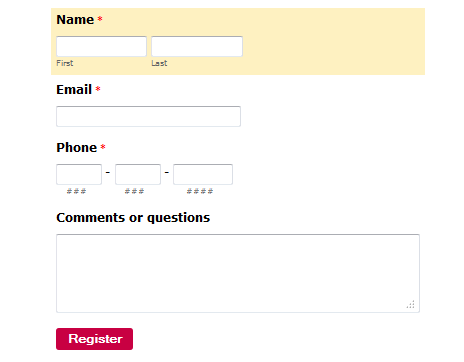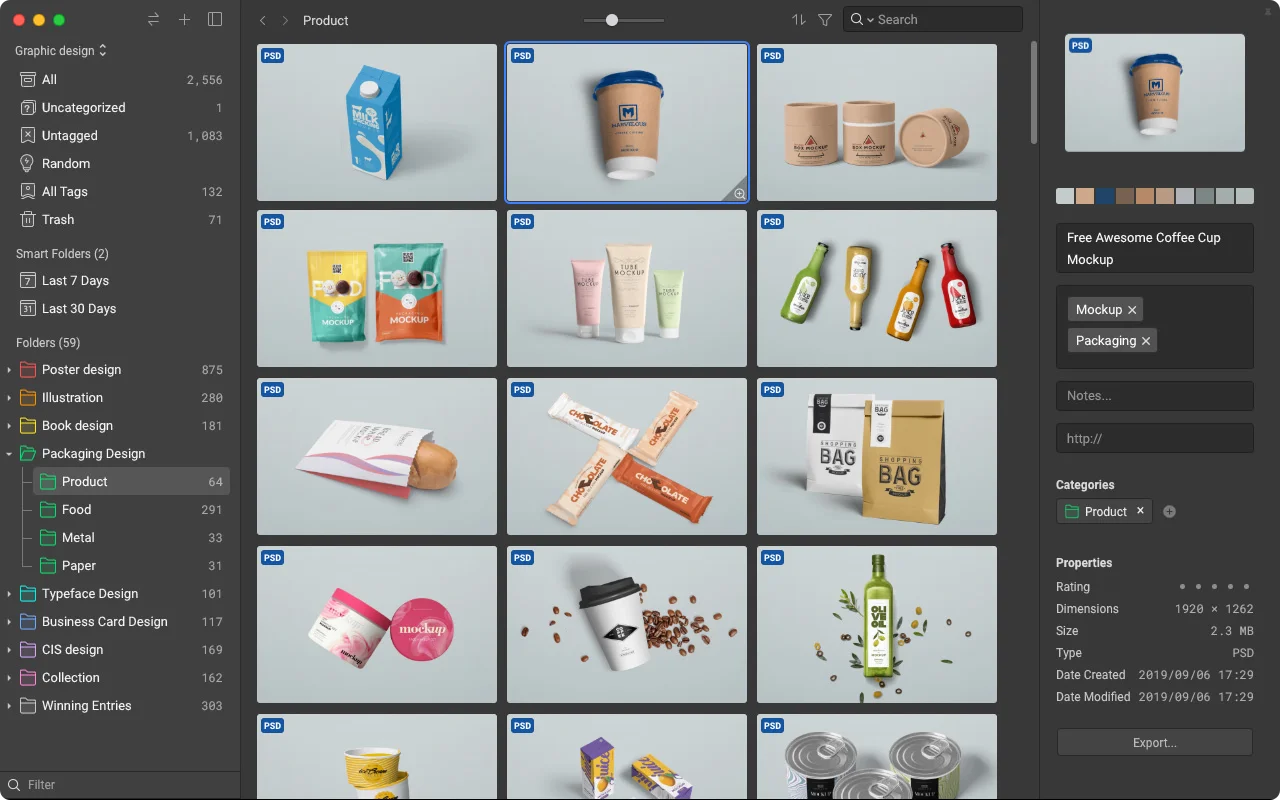Business on the web nowadays revolves around certain broad niches – freelancing, blogging, selling goods or services, managing online stock. Every biz that is centered around a website needs an effective interface for collecting leads and managing visitors’ contact information. Online forms and surveys are part of the essential survival kit on the WWW. How can you use online forms to effectively manage self-branding and sales?

The self-renewing life cycle of an online business is essentially a matter of communication. Customers, partners, managerial levels (if it’s the case), all of these elements take part of a complex mixture of signals that mantains the work flow. The following stepstones are keys for setting an online business.
1. Research and make a business plan
Every revolutionary business started with a bright idea and a good amount of work. Whether you wish to open an information portal or sell products or services, you first have to do a market research to see which are the main competitors in the niche and what’s your trump. Measuring the business demand for a certain field is not an easy task. Don’t rely solely on search engines to provide you with information. At this step, an online survey will do best for you. In order to perform any kind of analysis (SWOT for example), it’s best to rely on professional reports drawn over the collected data.
2. Launch your website
After choosing a domain name and a host, you are left with the on-page ellements to take care of. Your portal speaks for your portfolio. The first points you should take into account are, of course, the relevance of content and the attractiveness of layout. Place your contact page somewhere visible and don’t forget the About section, which draws trust.
3. Promote your business and mantain connections
Perform SEO and link building while taking care of your social media presence too. Always keep in mind that people are more important than Google. Organise events for keeping the community alive, perform studies and manage your exposure in the style of turtle Jack – dose your effort wisely for a steady growth, not hunt for spectacular results that won’t be sustainable.
4. Repeat research constantly and improve marketing strategies
Always perform analysis over your website using sitemetering tools; keep an eye on Google Analytics and Webmaster. Focus on inbound marketing and try to be helpful and valuable in your niche – the results will come doubtlessly.
Why use an online form for your business? Most useful features of online forms include the easiness of collecting data around the desired topics (notifications are received via e-mail), the capacity of drawing reports over data and all the benefits that come from integration with various 3rd party apps (for CRM, mailing lists, web hooking). When including forms and surveys in your online presence, take into account the major commandments of each instance.
– Contact form – your website needs it like you would need a business card. The form invites users to drop a few lines of feedback to you, to speak out their inquiries or send affiliating proposals. All these without suffering headaches because of spam.
- Style it. The form has to speak for your site in a personalised manner that fits your overall image, so use your logo, colour themes or a suggestive illustration.
- Keep good guard forearmed. To prevent form abuse by spambots, a human verification question or a CAPTCHA will do.
– Order forms – the economical alternative to shopping carts. If you only have a few products or services to sell, then you just need to get the customer’s name, contact details and credit card data, then handle the payment. Users choose from your products and send you their order in a much simpler way than via a shopping cart.
- Make it clear and attractive. Prior to arriving in front of the order form, users have already browsed your site for information over your products, so it’s redundant to stuff the form with information. The most important job is to keep it functional.
- The forms you use should integrate with the most important payment processors – PayPal, Authorize.Net and Google CheckOut (Google Wallet).
– Event registration forms – they make your event planning a piece of cake. When you organise a happening to draw attention over your brand, it’s best to accompany your presentation page with a registration form to make sure no one is missed. Then spread the form around through your website or social media.
- Describe the event in brief and provide a map. It’s best to give information accompanied with some visual impact, to mantain visitors’ engagement.
- Make them opt-in. Your visitors may have suggestions for the event or certain preferences, so apart from the contact details, make sure you provide the means for commenting or sending you questions.
– Surveys – their main use is for gathering customer feedback. Any company performs this kind of evaluation periodically for adapting the offer to customers’ needs. When the brand is well established, these surveys can also be significant lead generation tools, when integrated with an email or a social media approach. People feel valued when their oppinion is requested and this brings fidelity to the brand. Multi-level companies which make online surveys available can this way create a culture of open communication, which facilitates upwards feedback, directed from employees towards management.
- Use field branching (conditional logic). Complex surveys have to perform dynamic behaviour, in order that questions appear depending on the answers to the previous ones.
- Simple is best. Use a one-column design, group content in sections and reduce typing stress as much as possible by using choice fields instead of text boxes.
Written by Laura Moisei – brand manager of 123ContactForm online form and survey builder. Always glad to help small businesses evolve and to keep in touch with the latest tech news.












Add Comment